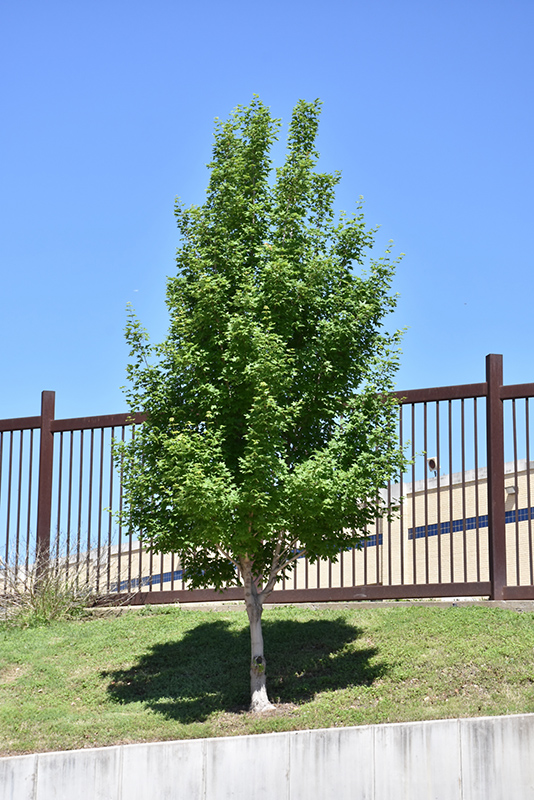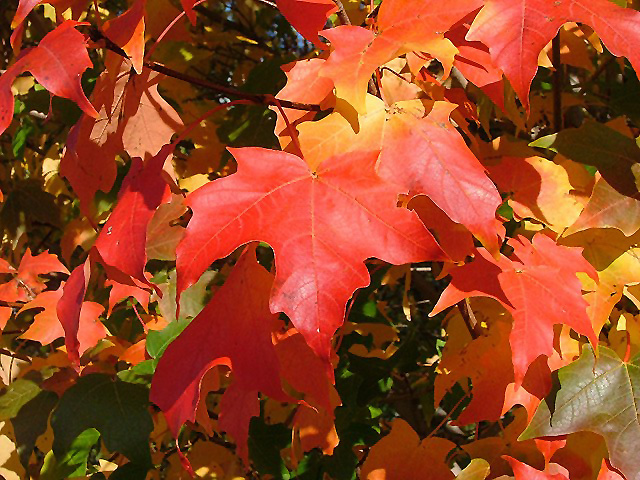Looking for a particular Plant? Try our Plant Finder Tool.
Highland Park Bigtooth Maple
Acer grandidentatum 'Hipazam'
Height: 35 feet
Spread: 22 feet
Sunlight:
![]()
Hardiness Zone: 4a
Description:
This is a very hardy variety which thrives well in dry conditions and urban pollution; a strong pyramidal growth habit with a showy display of red and orange in the fall; a great landscape or street tree
Ornamental Features
Highland Park Bigtooth Maple is primarily valued in the landscape for its distinctively pyramidal habit of growth. It has dark green deciduous foliage. The glossy lobed leaves turn outstanding shades of yellow, orange and scarlet in the fall. The furrowed gray bark and brick red branches add an interesting dimension to the landscape.
Landscape Attributes
Highland Park Bigtooth Maple is a deciduous tree with a distinctive and refined pyramidal form. Its average texture blends into the landscape, but can be balanced by one or two finer or coarser trees or shrubs for an effective composition.
This is a relatively low maintenance tree, and can be pruned at anytime. It has no significant negative characteristics.
Highland Park Bigtooth Maple is recommended for the following landscape applications;
- Accent
- Shade
Planting & Growing
Highland Park Bigtooth Maple will grow to be about 35 feet tall at maturity, with a spread of 22 feet. It has a high canopy with a typical clearance of 7 feet from the ground, and should not be planted underneath power lines. As it matures, the lower branches of this tree can be strategically removed to create a high enough canopy to support unobstructed human traffic underneath. It grows at a medium rate, and under ideal conditions can be expected to live for 80 years or more.
This tree should only be grown in full sunlight. It prefers to grow in average to moist conditions, and shouldn't be allowed to dry out. It is not particular as to soil type, but has a definite preference for acidic soils, and is subject to chlorosis (yellowing) of the foliage in alkaline soils. It is highly tolerant of urban pollution and will even thrive in inner city environments. This is a selection of a native North American species.





